Artnet News Pro
Who Won Auction Week? Here Are 11 Key Takeaways From New York’s Brain-Bending $2.8 Billion Spring Sales
From the priciest work to the fastest flip, here are our parting observations from New York's marquee auctions this May.
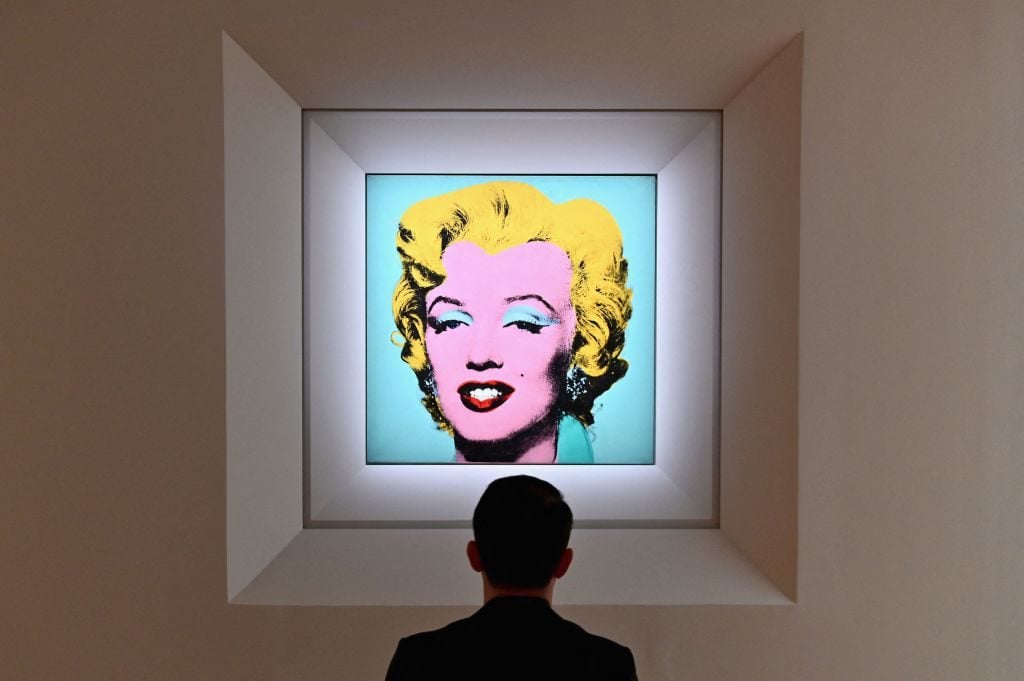
From the priciest work to the fastest flip, here are our parting observations from New York's marquee auctions this May.

Artnet News

This season, despite the turbulence caused by a collapsing stock market and crypto crash, the Big Three houses managed to pull off striking performances at their May sales in New York.
While some thinner-than-expected competition at the top end of the market led to a few ho-hum results, the froth for young stars continued to buoy the lower end of the market—and all told, the sales (evening and day combined) brought in a whopping $2.8 billion. Without adjusting for inflation, that is more than any other season on record.
The houses were quick off the mark with the self-congratulatory press releases—but it’s always worth taking a close look at the results for oneself. To cut through any smoke and mirrors, and help make sense of some of the twists and turns of the past two weeks, the Artnet News Pro team (Annie Armstrong, Katya Kazakina, Eileen Kinsella, and Tim Schneider) returned to hand out its biannual auction awards.
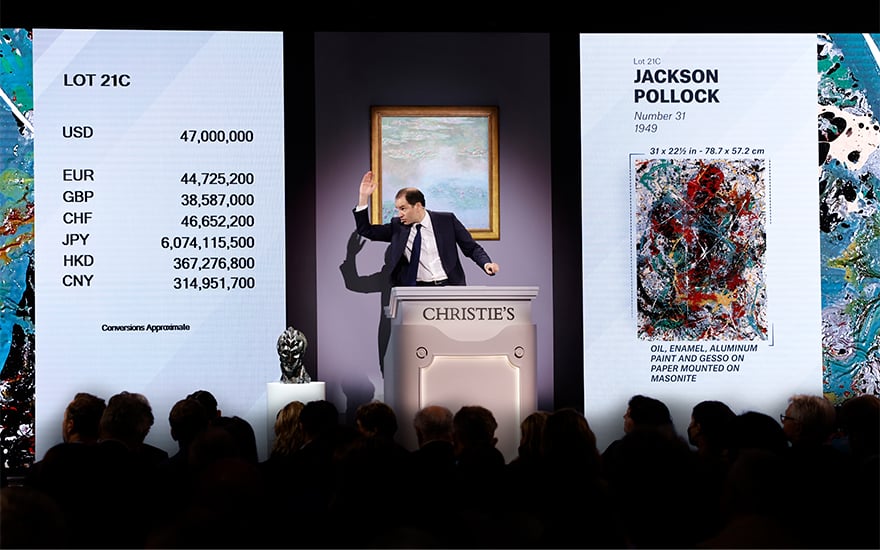
Auctioneer Adrien Meyer selling Jackson Pollock’s Number 31 (1949). Image courtesy Christie’s.
What was likely the biggest auction season in history was distinguished by some of the best blue-chip art from high-profile private collections ever assembled. Whereas in the early to mid-aughts, it was common for the entire season to approach $1 billion, top auction houses are now bumping up against that level in their own individual evening sales.
The evening sales at Christie’s, Sotheby’s, and Phillips pulled in a hefty $2.4 billion, per ArtTactic. Christie’s was the winner with a total of $1.25 billion after four evening sales that included the prestigious Ammann collection and the estate of the late socialite Anne Bass. Those two single-owner offerings accounted for $680 million, or more than half the auction house’s evening sale total.
Sotheby’s came in second with a total of $937.9 million, boosted by the final chapter of the court-ordered sale of Harry and Linda Macklowe’s collection, which delivered $246 million.
Phillips had its best evening sale ever, pulling in $224.9 million, thanks to trophy works by Jean-Michel Basquiat, Yves Klein, and a host of newer stars that yielded a 100 percent sold, or “white-glove,” sale. Phillips’s total marked a 90 percent increase over last year’s equivalent.
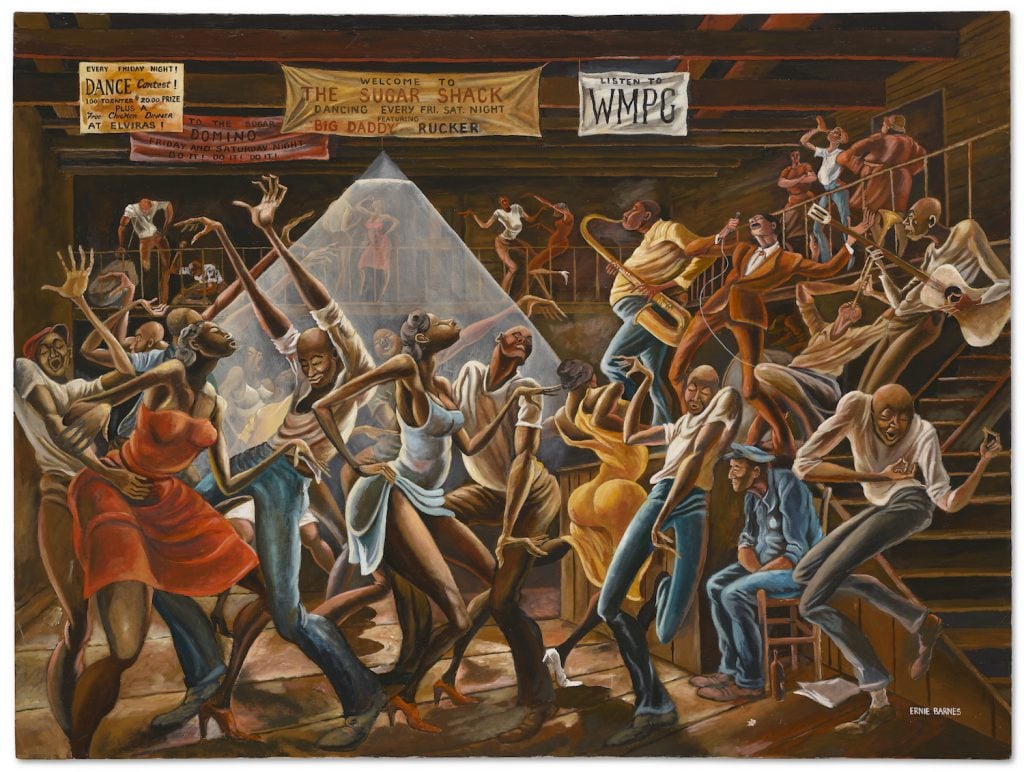
Ernie Barnes, The Sugar Shack (1976). Courtesy of Christie’s New York.
“I have 22 telephones almost,” auctioneer Adrien Meyer announced before starting bidding on The Sugar Shack (1976) by Ernie Barnes at Christie’s 20th century evening sale. The opening gambit was $100,000. Within 30 seconds, bids surpassed $1 million, and so they climbed, higher and higher, to the vertiginous $13 million hammer just 10 minutes later. The pre-sale estimate was $150,000 to $200,000. The final price, after Christie’s fees, reached $15.3 million, many times a record for the Barnes (1934–2009), an NFL player and artist known for his depictions of athletes. It was a windfall for the anonymous seller and for Christie’s, which guaranteed the painting. (For more on who was behind the sale, check out our deep dive here.) The buyer was Houston-based entrepreneur Bill Perkins, who said that “in my group of African Americans, they’re going to remember The Sugar Shack more than anything else.” Take that, Mona Lisa!
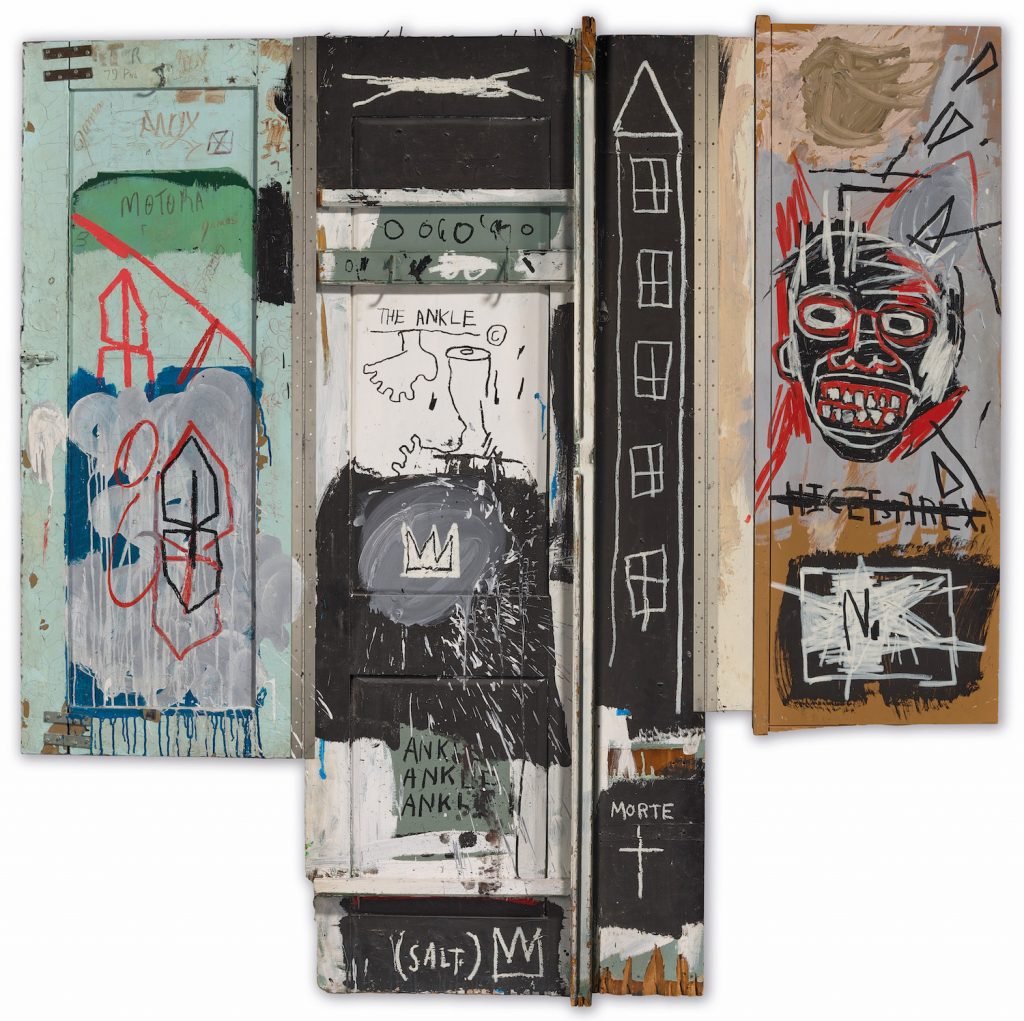
Jean-Michel Basquiat, Portrait of the Artist as a Young Derelict (1982). Image courtesy Christie’s.
It speaks to the strength of the other works on offer that Christie’s 21st century evening sale still nearly reached its presale high estimate ($106 million) despite the last-minute withdrawal of an estimated $30 million anchor lot. Alas, a thorough survey of the bidding landscape left the house and the work’s consignor (said to be Parisian private dealer Jérôme de Noirmont by the Canvas) with the distinct impression that competition would not send Portrait of the Artist as a Young Derelict to a price they would accept. With none of the season’s other serious trophy works failing to sell, this vanishing act qualifies as the largest letdown.

Adrian Ghenie, The Trip (2016). Courtesy of Sotheby’s Hong Kong.
Sotheby’s “The Now” sale of ultra-contemporary art was, not surprisingly, a hotbed of flipping. But the fastest—we’re talking lightning speed—round trip to the auction block appears to be a painting by billionaire favorite Romanian artist Adrian Ghenie. Appropriately titled The Trip (2016), it arrived with an estimate of $4 million to $6 million and sold for a premium-inclusive price of $4.5 million. Was it a case of buyer’s remorse? The consignor had owned it for barely a year, having picked it up at Sotheby’s Hong Kong in April 2021 for $6.2 million with fees, or HK$48 million. The hammer price was well below that, meaning that the seller endured a loss of at least $1.7 million.
This makes it not only one of the fastest auction flips we’ve seen as well as a notably unprofitable one. Ouch!
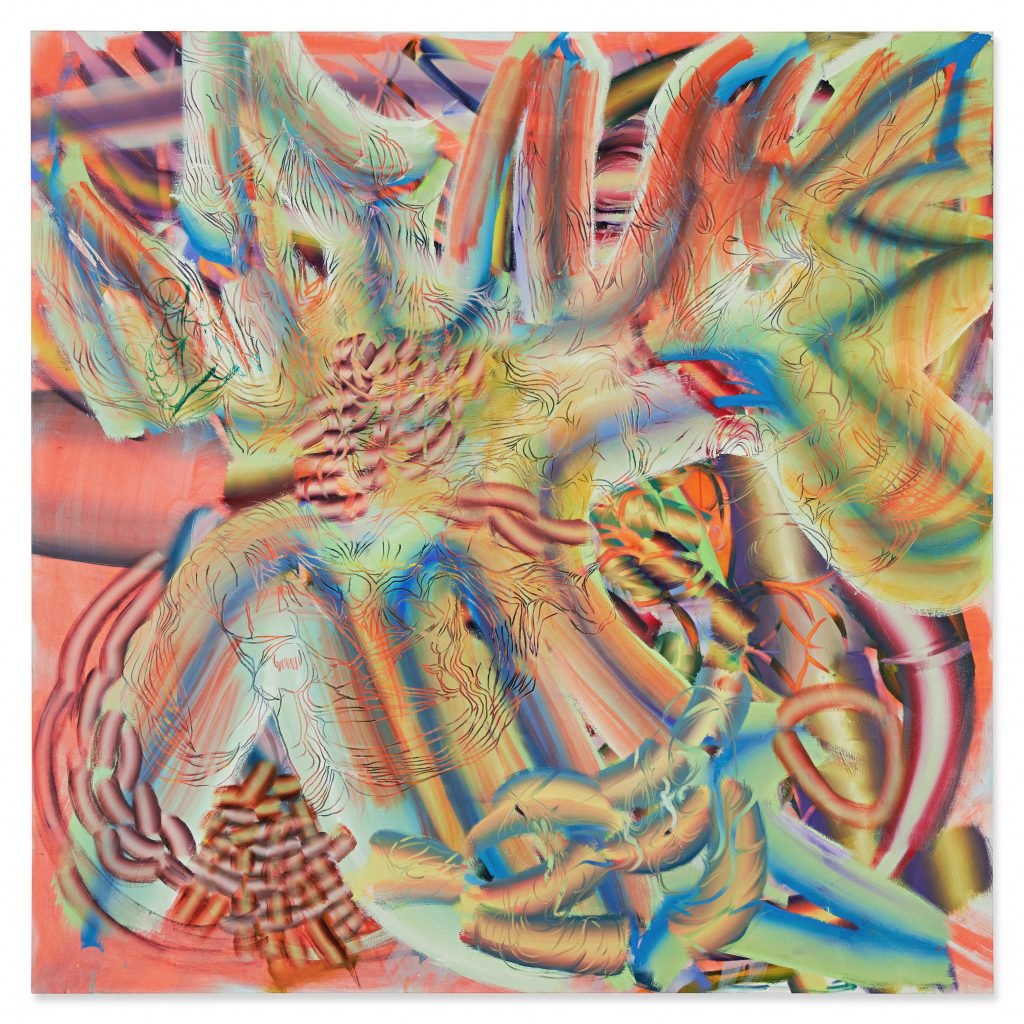
Lauren Quin, A Leaf Is Not An Arrow (2021). Courtesy of Sotheby’s.
“The Now” sale offered plenty of works with the 2021 date attached last week. But one of the most notable was a work by Lauren Quin, the Los Angeles-based painter newly represented by Blum & Poe. Quin’s signature style of frenetic, tangled brush-strokes in kaleidoscopic colors have become a smash, consistently selling for around ten times their estimates. At Sotheby’s “The Now” sale, one such work sold from a private collection, titled A Leaf Is An Arrow. The sweeping 6 foot by 6 foot work was made just last year, and was sold just last summer to the seller at Stockholm’s Loyal Gallery. It fetched $529,200 on a $70,000 high estimate.
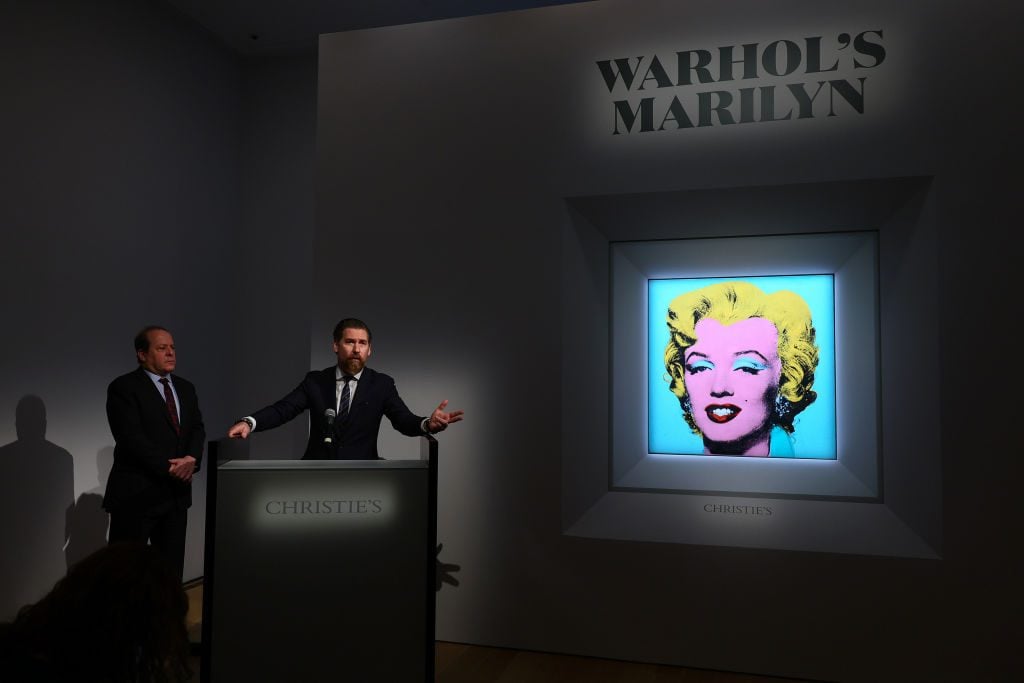
Christie’s Americas chairman Marc Porter looks on as Christie’s chairman Alex Rotter announces the sale of Andy Warhol’s Shot Sage Blue Marilyn on March 21, 2022 in New York City. (Photo by Dia Dipasupil/Getty Images)
An iconic portrait of Marilyn Monroe, Andy Warhol’s Shot Sage Blue Marilyn (1964) soared to $195 million at Christie’s, the second-highest result for an artwork at auction ever. The painting was sold by the Thomas and Doris Ammann Foundation set up by the late Swiss sibling art dealers. But despite the sky-high figure, it may have failed to deliver on the most optimistic hopes: The $170 million hammer price fell short of its $200 million estimate. The buyer in the room was mega-dealer Larry Gagosian, who, in 1986, brokered the deal between Si Newhouse (the seller) and Thomas Ammann (the buyer). Gagosian was mum on the subject of whether he bought the work for himself or a client (and who that client may be).
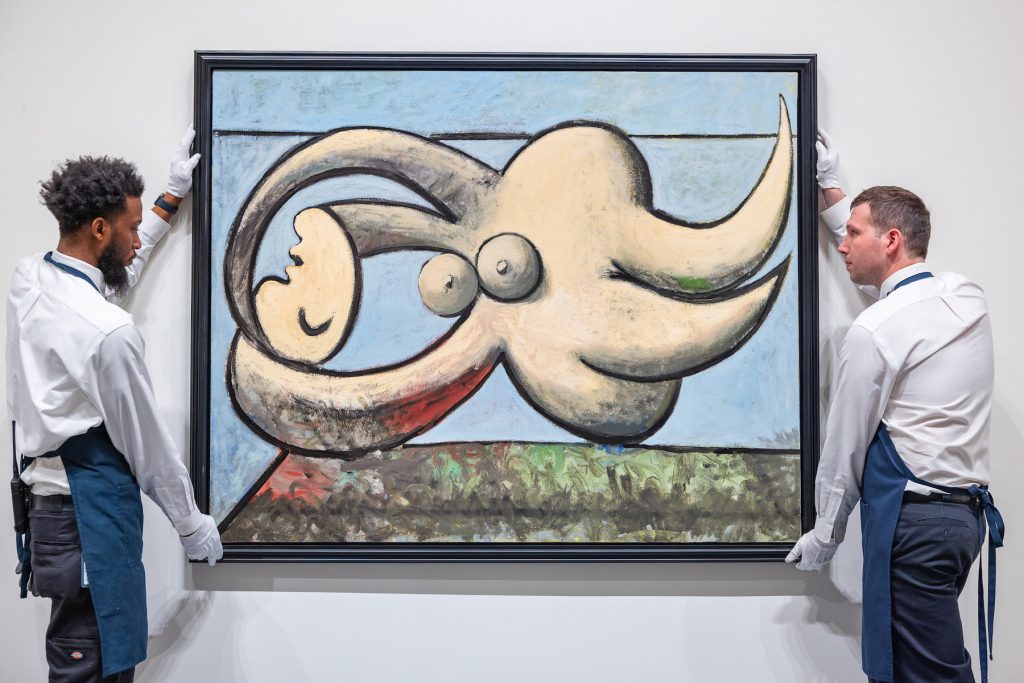
Pablo Picasso, Femme nue couchée (1932). Photo courtesy of Sotheby’s New York.
Here’s the good news for the several works across sales that were estimated at this lofty price tier: Every one of them that actually hit the block found a buyer. The less good news? Only three hammered above their highest expectations: the major Basquiat at Phillips, Claude Monet’s Le Parlement, soleil couchant (1900–3), and the Met’s deaccessioned cast of Picasso’s Tête de femme (Fernande). (The latter two both sold at Christie’s.)
In contrast, most of May’s would-be showstoppers closed on a bid right at, or even beneath, their respective low estimates. The latter category was headlined by Shot Sage Blue Marilyn, Picasso’s Femme nue couchée (hammered at $58.5 million against a $60 million estimate in Sotheby’s Modern evening sale), and both choice red Rothko paintings in the Anne Bass auction (hammered at $58 million against a $60 million projection and $43 million against a $45 million low expectation). So much for battling it out to be king of the hill.

Lucy Bull, Special Guest (2019). Courtesy of Sotheby’s.
A string of young female artists led “The Now” sale, including Anna Weyant, Jennifer Packer, Avery Singer, and Christina Quarles. The freshest face among them was Lucy Bull, who made her auction debut with Special Guest (2019), a gestural, psychedelic painting in pinks and yellows. Estimated to sell between $60,000 to $80,000, it ended up raking in $907,200, more than 10 times its high estimate. The piece was shown in her 2019 solo exhibition at Paris’s High Art Gallery, and its disorienting, colorful composition looks like a Max Ernst took acid and went through an Instagram filter. Bull told Bomb magazine of her work, “The layers start to shift and unravel, and the more you look, the more you start to see.”

Refik Anadol, Living Architecture: Casa Batlló (2022). Courtesy of Christie’s Images, Ltd.
One of the odder small moments of the season arrived on the final lot of Christie’s 21st century evening sale, an NFT consigned directly from artist Refik Anadol with a $1 million low estimate. Just before opening bidding, auctioneer Jussi Pylkännen announced that the winning bidder would also receive a dinner for up to 10 guests at Casa Batlló, the Antoni Gaudí-designed building that served as the piece’s inspiration. The sudden culinary bonus raised more questions than answers among the Artnet News Pro gang (Christie’s declined to comment), but someone else will surely be able to clarify soon: the piece sold for just under $1.4 million with fees.
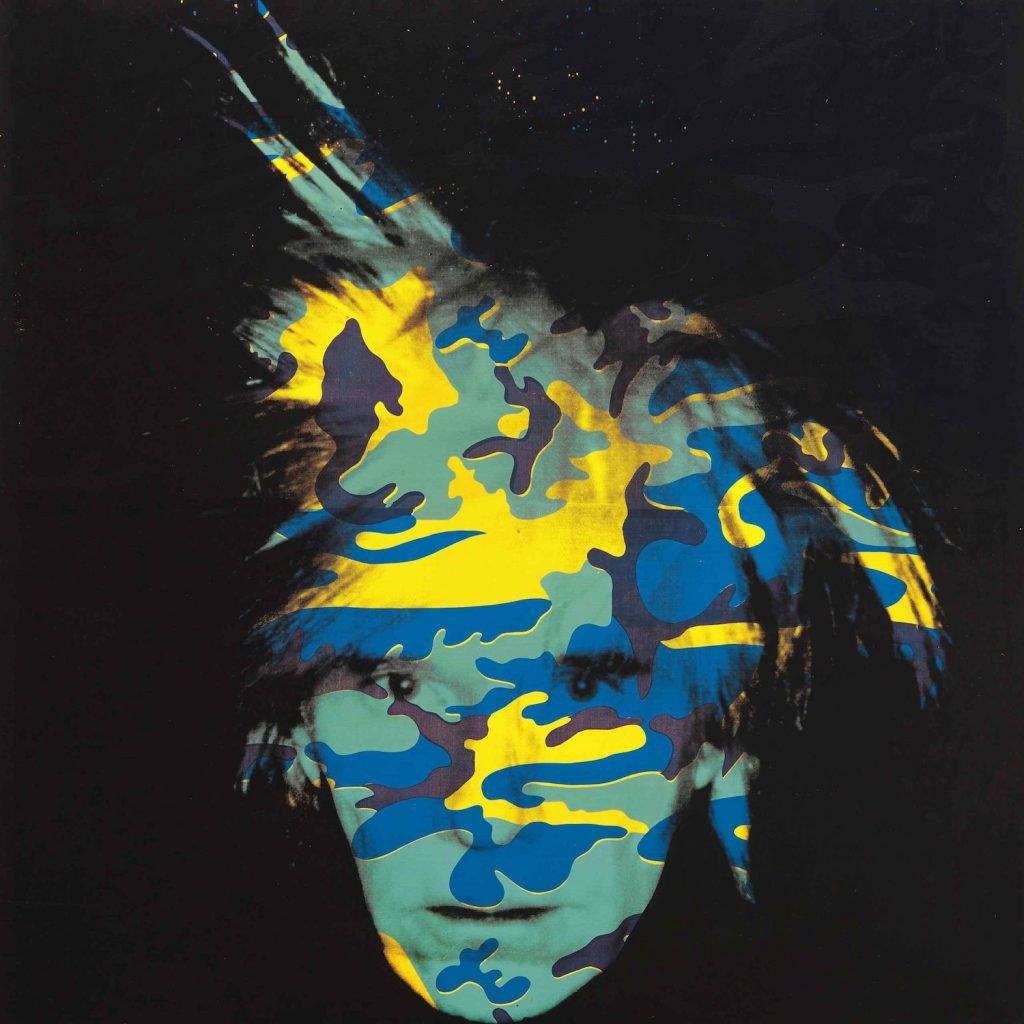
Andy Warhol, Self Portrait (1986). Image courtesy Sotheby’s.
The divorce of Linda and Harry Macklowe infused $922 million into the art market with two auctions—first in November, and another on May 16. In total, 65 lots were offered and every single one found a buyer. Sotheby’s won the coveted consignment with a hefty guarantee and the promise of online and real-world promotion. The first outing of the collection generated $676 million and the second half added another $246.1 million. The astonishing results surpassed the previous record for a private collection achieved by the Rockefeller estate in 2018 (not adjusted for inflation). Records were set for Agnes Martin, Jackson Pollock, Robert Irwin, and Michael Heizer.
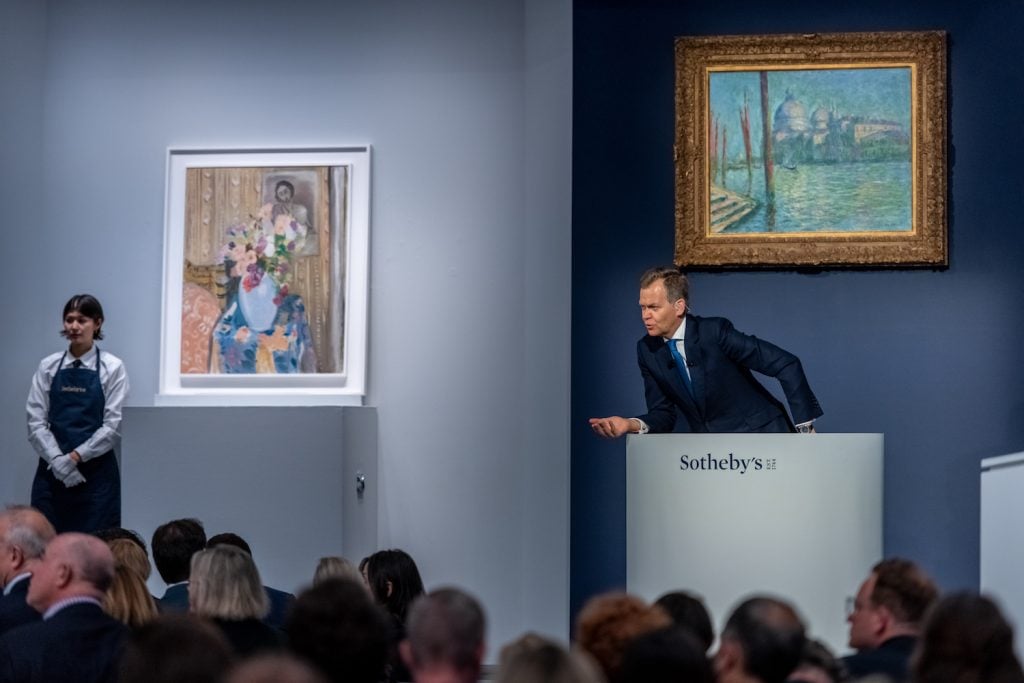
Sotheby’s evening sale of Modern art in New York on May 17, 2022. Image courtesy Sotheby’s.
While it’s no secret that wheeling and dealing for pricey artworks and decisions about their minimum asking prices take place right up to the start of the sale—one source in the salesroom told us that haggling on third-party bid deals in Sotheby’s Modern evening sale were still going while the auction was in progress—auctioneers typically pause to update the audience about which lots are newly backed by irrevocable bids and which lots have been withdrawn.
Sotheby’s Modern evening sale supposedly had 61 lots on offer—but Artnet News heard no announcement about withdrawals at the start of the sale. Auctioneer Oliver Barker waited until the moment that bidders would have turned to lot 37, a pricey Barnett Newman “Zip” painting with a low estimate of $7 million, to disclose that it had been withdrawn. Our reporters and several others did not hear any other announcements of withdrawals, although a representative for the auction house said Barker made the announcement of the three withdrawals—incuding for a Diebenkorn and a David Park—in the salesroom.
It’s too soon to say whether this was due to mid-sale deal-making or a newly lax approach thanks to the elimination of rules governing the auction industry in New York City.